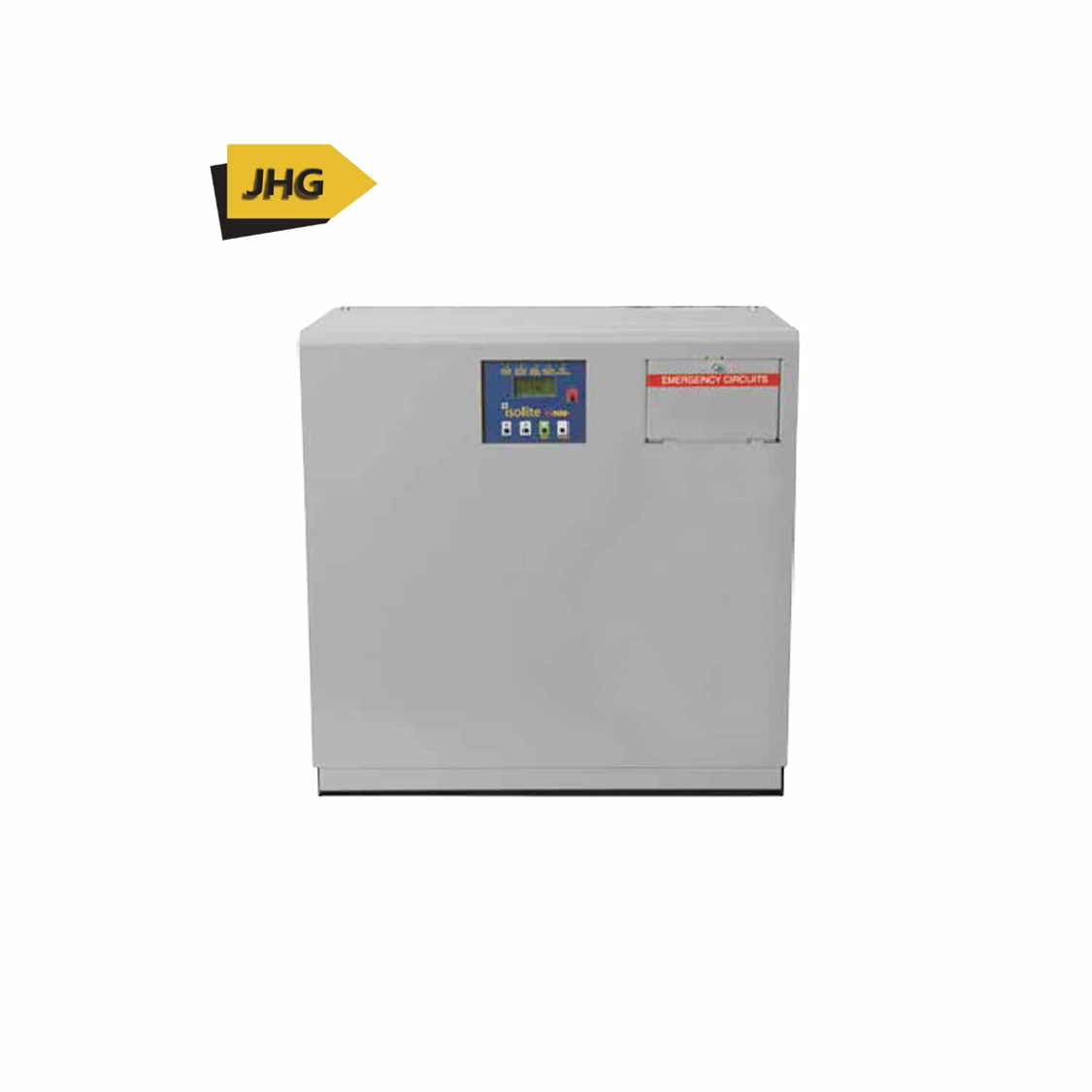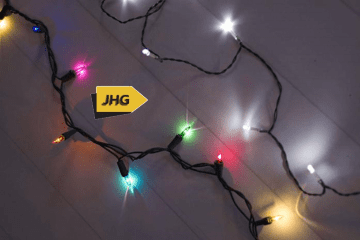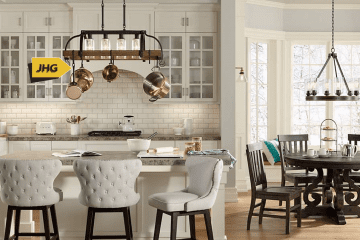Selecting the right inverter for your emergency lighting systems is the best decision for the lighting needs of your home or office. The new generation of pure sine wave inverters simplifies the installation and maintenance of emergency lighting systems; provides automated self-testing and reporting.
In the event of a building-wide power outage, there are several options when it comes to powering emergency lighting systems.
The first is to install dedicated lighting fixtures that provide temporary power from built-in battery packs; the other is to utilize centrally located inverters tied to backup batteries that can provide utility-grade power to both existing architectural and dedicated emergency lighting.
Given the simplified design and installation requirements of a new generation of smart inverters, a more centralized approach has increasing appeal due to significant savings on installation and long-term maintenance costs.
Today’s inverters provide a number of advantages when used for emergency lighting. Not only can an inverter power many lights from a central location – including new and existing architectural fixtures – but it can also supply power in “pure sine wave” output consistent with that from the utility, making it much more effective in working with LEDs.
For those choosing to use inverters, calculating the size of the inverter needed in terms of AC load requirements is usually a relatively simple matter. However, there are multiple factors that should also be considered in making a final inverter selection that best suits the application.
These include selecting inverters that provide pure sine wave AC power. They are designed to operate at their designated rating so oversized, de-rated units are not required at an additional cost. They have a modular design to simplify repairs and have foolproof instructions to ensure correct and fast installation.
Utility-Quality Power
Given the increasing use of LEDs in architectural lighting, it is important to select an inverter that incorporates pure sine wave technology.
Pure sine wave inverters provide cleaner, utility-grade power than modified sine wave models and work better with LED drivers. In addition, pure sine wave models have a high surge capacity which means they are able to exceed their rated wattage for a limited time to meet the high inrush currents of LEDs.
The pure sine inverters are highly efficient and can handle a high percentage of the rated load to support the number of emergency lighting fixtures on it.
Long-term maintenance savings
Another key advantage of a centralized inverter design is the ease of serviceability when batteries eventually need to be replaced.
To meet emergency lighting requirements, many commercial lighting fixtures come with small inverters and dedicated batteries attached. Because the batteries are not always replaceable, this often means that the fixture itself must be replaced every 5-10 years.
For a building owner/lessor, inverters are easily maintained with all the batteries located in one cabinet. As a result, there are inherent, long-term maintenance savings with centralized inverters.
Foolproof installation
If there is a knock on centralized inverters, it is often related to incorrect installation – not the performance of the unit itself.
For electrical contractors that are less experienced in this type of equipment, the relative ease – or lack thereof – of installation can cost time, lead to potential call-backs and affect overall system functionality.
For this reason, some inverter companies like Isolite go to extreme measures to make inverters as contractor-friendly as possible. This can come down to small details such as small instructional tags and warning signs that ensure the unit is wired properly or access to batteries from the front. Responsive technical support from the manufacturer can also be invaluable.
To prevent start-up failures, Isolite builds diagnostics that identify wiring errors. Similarly, error codes indicate specific fault conditions that can often be resolved over the phone.
The inverters are also designed to simplify maintenance and repair in the field. Isolite’s modular inverter design allows installers and other technicians to remove a full module and replace it if an upgrade or repair is needed. This modular capability also greatly improves MTTR (mean time to repair).
Automating critical requirements
Our company policy at Just HardRich Global Resources Limited requires that emergency lighting systems are tested for 10 minutes every 30 days, and to be discharged for 90 minutes once annually. We realized that if testing and reporting are only performed manually, there is a good chance that it can be overlooked or the results lost in the shuffle.
Modern inverters like the ones by Isolite can also be controlled through a unique web interface that allows a facility manager to monitor multiple inverters at the same time as well as set alarms and automatic notifications.
Records within the inverter can be accessed through the front panel or a web browser with proper login authentication. Information is stored securely in cloud-based storage.




